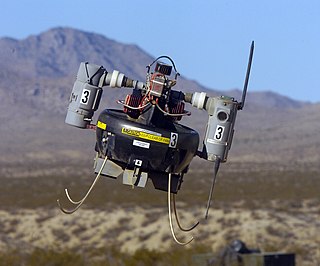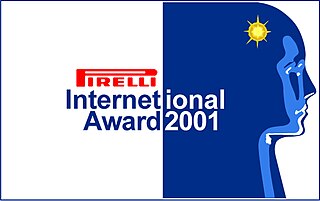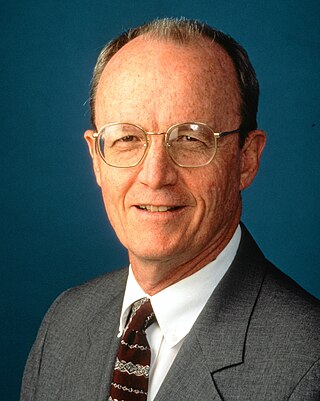
An uncrewed aerial vehicle (UAV), commonly known as a drone, is an aircraft without any human pilot, crew, or passengers on board. UAVs were originally developed through the twentieth century for military missions too "dull, dirty or dangerous" for humans, and by the twenty-first, they had become essential assets to most militaries. As control technologies improved and costs fell, their use expanded to many non-military applications. These include aerial photography, area coverage, precision agriculture, forest fire monitoring, river monitoring, environmental monitoring, policing and surveillance, infrastructure inspections, smuggling, product deliveries, entertainment, and drone racing.

A micro air vehicle (MAV), or micro aerial vehicle, is a class of man-portable miniature UAVs whose size enables them to be used in low-altitude, close-in support operations. Modern MAVs can be as small as 5 centimeters - compare Nano Air Vehicle. Development is driven by commercial, research, government, and military organizations; with insect-sized aircraft reportedly expected in the future. The small craft allow remote observation of hazardous environments or of areas inaccessible to ground vehicles. Hobbyists have designed MAVs for applications such as aerial robotics contests and aerial photography. MAVs can offer autonomous modes of flight.

A miniature UAV, small UAV (SUAV), or drone is an unmanned aerial vehicle small enough to be man-portable. Smallest UAVs are called micro air vehicle.

An Entomopter is an aircraft that flies using the wing-flapping aerodynamics of an insect. The word is derived from entomo + pteron. Entomopters are type of ornithopter, which is the broader term for any device intended to fly by flapping wings.

The International Aerial Robotics Competition (IARC) is a university-based robotics competition held on the campus of the Georgia Institute of Technology. Since 1991, collegiate teams with the backing of industry and government have fielded autonomous flying robots in an attempt to perform missions requiring robotic behaviors not previously exhibited by a flying machine. The term “aerial robotics” was coined by competition creator Robert Michelson in 1990 to describe a new class of small highly intelligent flying machines. Successive years of competition saw these aerial robots grow from vehicles that could barely maintain themselves in the air, to automatons which are self-stable, self-navigating, and able to interact with their environment.
Griffon Aerospace is an aerospace company located in Madison, Alabama with additional offices located in Fort Bliss, TX. Griffon designs, develops, and operates aerospace systems including manned and unmanned aircraft, UAV ground support systems, and advanced composite structures. Griffon has produced over 6000 unmanned air vehicles for a variety of customers from US DoD, Foreign Military Sales, Commercial Businesses, and University research labs.
The reciprocating chemical muscle (RCM) is a mechanism that takes advantage of the superior energy density of chemical reactions. It is a regenerative device that converts chemical energy into motion through a direct noncombustive chemical reaction.
The Georgia Tech Research Institute (GTRI) is the nonprofit applied research arm of the Georgia Institute of Technology in Atlanta, Georgia, United States. GTRI employs around 3,000 people, and was involved in nearly $1 billion in research in 2023 for more than 200 clients in industry and government.
The Aerospace, Transportation and Advanced Systems Laboratory (ATAS) is one of eight labs in the Georgia Tech Research Institute and one of three labs under the Sensors and Intelligent Systems directorate. ATAS develops advanced systems concepts and performs research related to aerospace systems, power and energy systems, threat systems, intelligent autonomous systems, and systems engineering methodologies. The lab also develops advanced technologies and performs research in a range of areas relevant to aerospace and ground transportation as well as to national defense.
Burgundy Farm Country Day School is an independent school on a 25-acre (100,000 m2) campus in the Rose Hill census-designated place of Fairfax County, Virginia, with an Alexandria postal address, and 611 acres (2.47 km2) in West Virginia. It serves students in grades Junior Kindergarten through Eighth Grade.
Dr. Imraan Faruque is an American who is most known as a designer and author in the unmanned aerial vehicle (UAV) field. He is the designer responsible for a variety of UAVs, including several currently operational in Iraq, the most well-known being the R-series UAVs which are based on commercial airframes, along with work on Insitu's ScanEagle. These vehicles are normally deployed as a part of reconnaissance missions as they are unarmed but carry either a significant camera or FLIR unit.

The Pirelli Internetional Award was an international multimedia competition for the communication of science & technology conducted entirely on the internet, which was awarded from 1997 to 2007. Awards were granted to the best multimedia presentations focussing on themes involving the diffusion of science and technology. The multimedia presentations must deal with either physics, chemistry, mathematics, life sciences, or the enabling information and communication technologies that empower multimedia itself. According to Marco Tronchetti Provera, President of the Pirelli Group, the award was established in the belief that the diffusion of social, economic and technological advances are as important as their discovery.
The Association for Uncrewed Vehicle Systems International, also known as AUVSI, is an international nonprofit organization dedicated to advancing the unmanned systems and robotics industry through communication, education, and leadership.
The Institute for Robotics and Intelligent Machines (IRIM@GT) is an interdisciplinary research unit at the Georgia Institute of Technology. The center was launched May, 2006, and consists of researchers from the School of Interactive Computing in the College of Computing, College of Engineering, and Georgia Tech Research Institute. IRIM@GT currently offers a Ph.D. program in robotics, the first truly multi-disciplinary program in the country after the one of Carnegie Mellon University.

The Prioria Robotics Maveric is a discontinued unmanned aerial vehicle (UAV) marketed as a high-performance, next-generation platform for small and miniature UAV operations. Maveric's bendable wings allow for the ability to store a fully assembled airframe in a 6-inch (150 mm) tube.

An uncrewed vehicle or unmanned vehicle is a vehicle without a person on board. Uncrewed vehicles can either be under telerobotic control—remote controlled or remote guided vehicles—or they can be autonomously controlled—autonomous vehicles—which are capable of sensing their environment and navigating on their own.

Edward K. Reedy was the director of the Georgia Tech Research Institute (GTRI) from 1998 to 2003, and correspondingly a vice president of the Georgia Institute of Technology. He first joined GTRI in 1970, and specialized in radar system development and electromagnetic scattering. Reedy held a variety of research and leadership positions within the organization, including the head of Research Operations and four years as associate director.

William L. "Bill" Melvin is the deputy director of Sensors and Intelligent Systems at the Georgia Tech Research Institute. He is a former director of the GTRI Sensors and Electromagnetic Applications Laboratory (SEAL).













